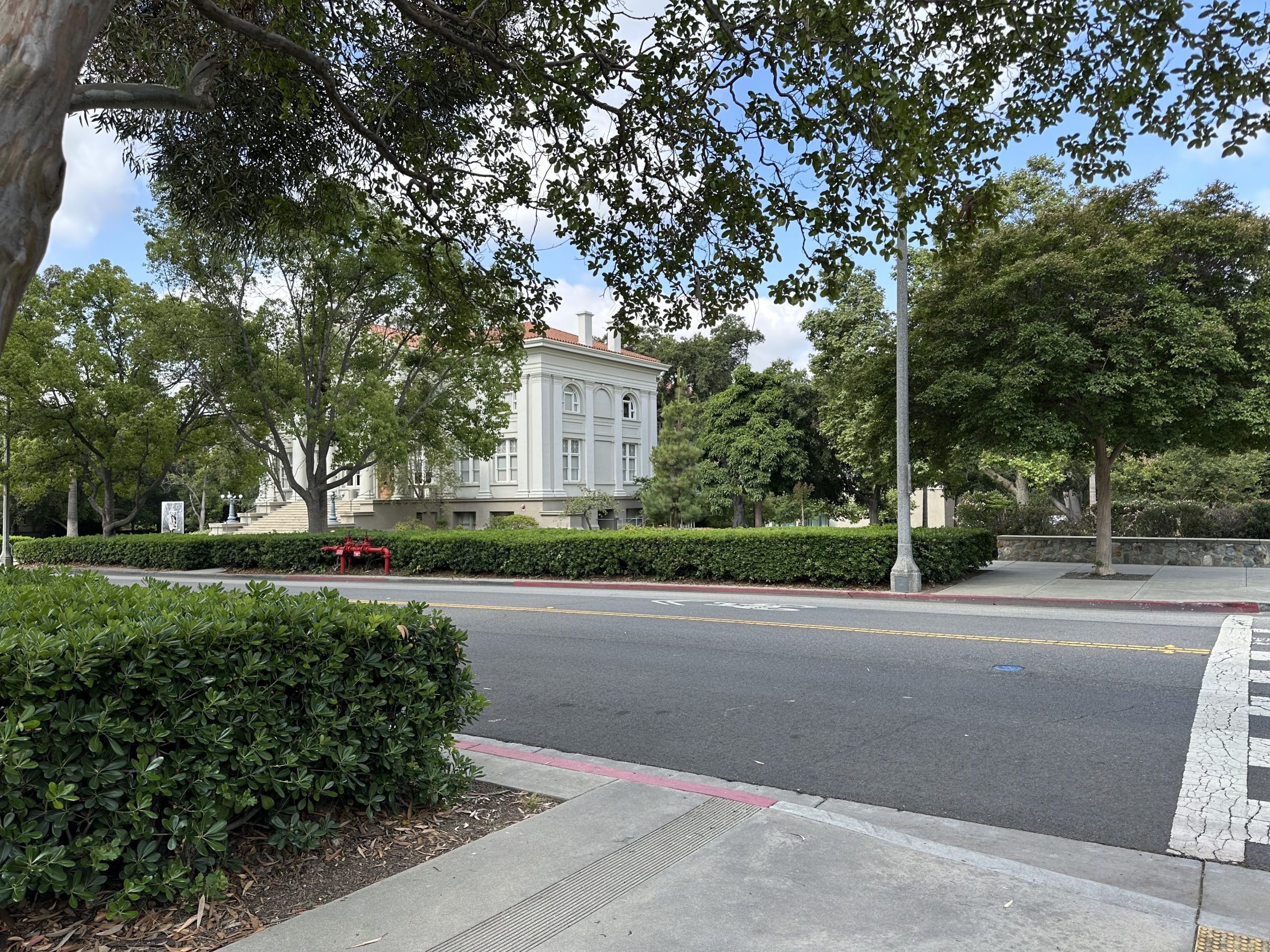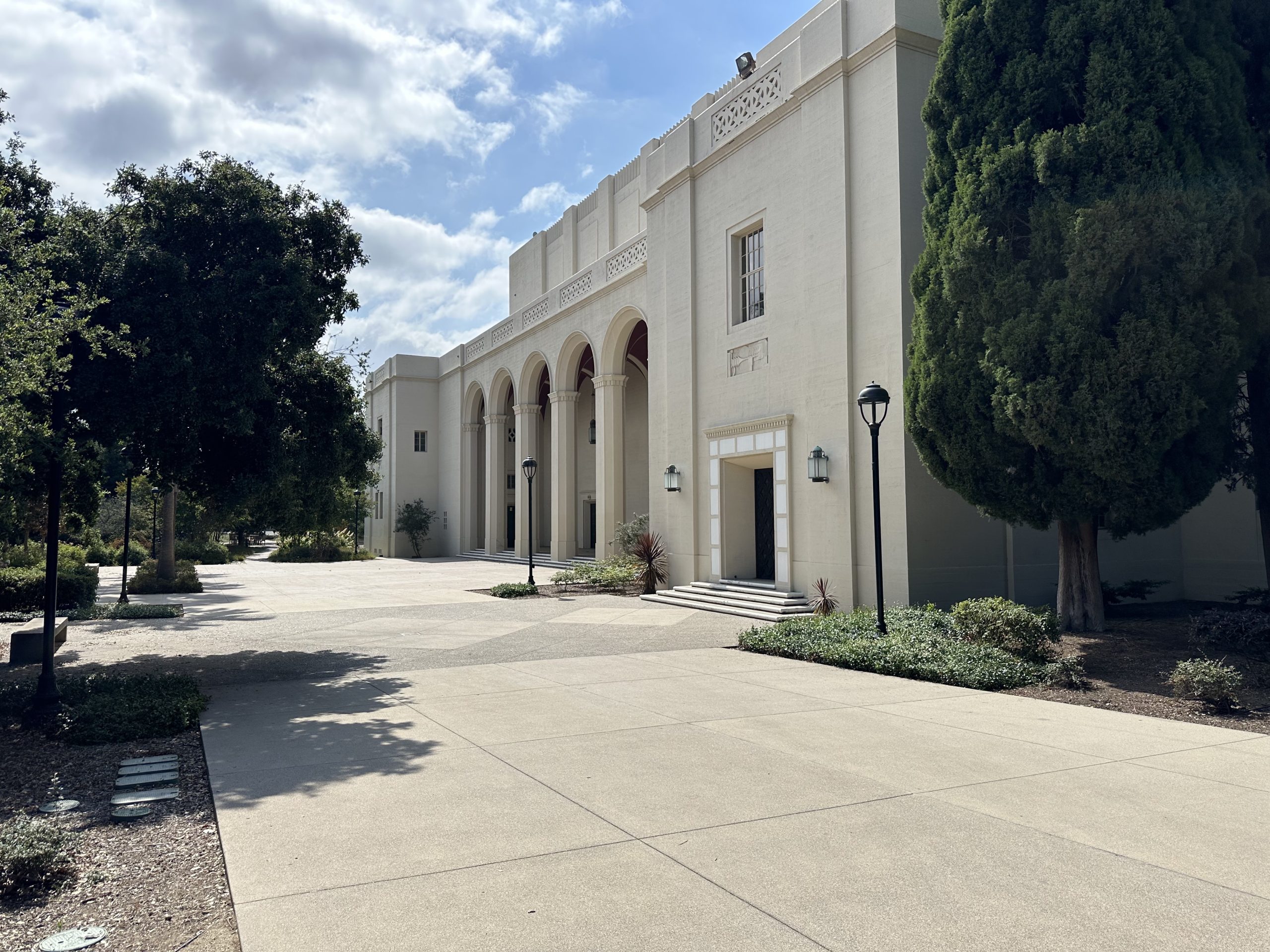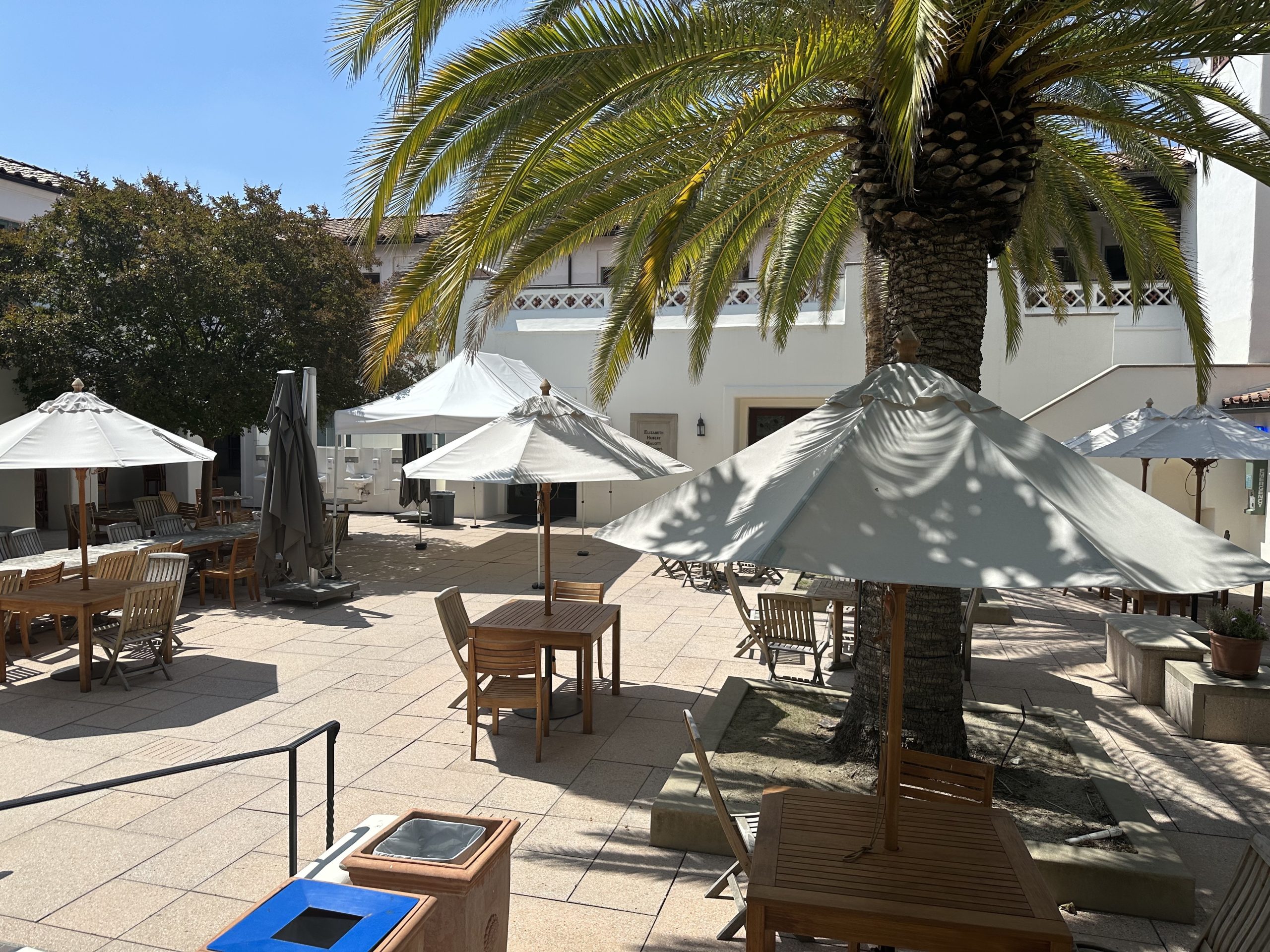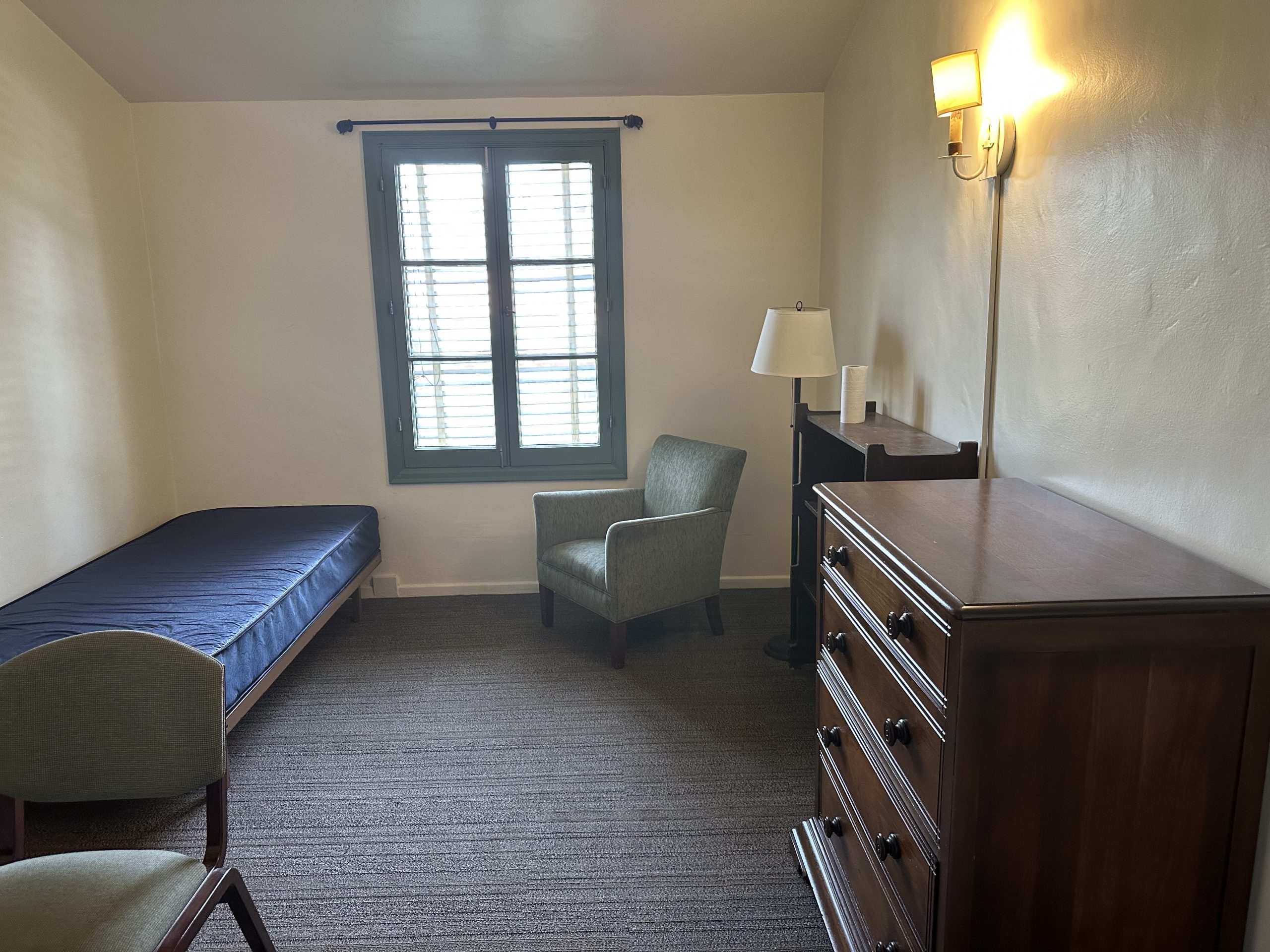Last day of high school junior year. By the gates, there will be stressed students who almost grew out of adolescence but is not yet an adult. They will pass a busy summer specked with infinitesimal moments of fun. The heat waves will carry a certain restlessness: one year into IB, a few months after AP, a half term of A-levels, and five months until the college application deadline.
This summer, I am that student.
I attend the Beijing City International School (BCIS) and intend to study in the United States, with a focus on small private universities and liberal arts colleges.
I will be a creative writing major with a minor in communications and media. I love the arts and journalism and everything in between. in classic post-covid fashion, I am going to visit schools with my dearest dad.
Join me as I take you on my college visit tour across the US.
My school list:
Little ivy leagues: Williams College, Amherst College, Pomona College
Women’s colleges: Scripps College, Smith College, Wellesley College, Mount Holyoke College
Ivy Leagues: Brown University, Dartmouth University
Liberal arts colleges: Middlebury College, Bates College, Hamilton College, Kenyon College
Private universities: Tufts University, Chapman University
Sunny July 23rd.
I went to visit Pomona College, a liberal arts college located in Ontario in LA Country, California, and ranked national top 3 by US News. It is also apart of the “Five Cs consortium”, which is a liberal arts college association including Claremont McKenna College, Scripps College, Harvey Mudd College, and Pitzer College. All five colleges are within walking distance; they share classes, sports teams, and campus facilities.
I visited Pomona and Scripps.


Let’s start with Pomona.
The school was founded in 1887 by west coast Congregationalists who wanted to recreate East Coast New England liberal arts colleges on the outskirts of Los Angeles. They chose eclectic yet cohesive architecture, wiring together neoclassical, Spanish colonial, and post-modernist in a wide campus of palm trees, sunshine, and small town cafés—some might even call it Instagram aesthetic. Californian sensibilities are strong, from the way students dress (thrifted sweatshirts, Adidas slides, Brandy Melville sweatpants) to the food offered (Acai bowls, avocado toast brunches, rainbow-colored boba). I felt its inclusion, open-mindedness, and down-to-earth generosity.


Interesting things about Pomona:
- There is a Peet’s Coffee!
- Uba Tuba is the best Acai bowl shop – no extra charges for topping and pays its employees more
- Students love the food, they go between the five colleges for brunches and dinners. The campus cafés are excellent quick cash opportunities
- Taylor Swift performed there in 2012
- A tradition called ski beach day – all cost covered, students go skiing and then sun tan on the beach in LA
- A tradition called “Fountaining” – on your birthday your friends throw you into the beautiful fountain next to the Frary dining hall
- Speaking of Frary, it’s beautiful and reminiscent of Hogwarts’ dining hall in Harry Potter
- Summer undergraduate research program (SURP) allows freshmen to conduct paid research with professors. No competition with graduate students, since Pomona is a liberal arts college with only undergraduate concentrations
- Pomona College Internship Program (PCIP) funds students to reap the working benefits in LA
- Pomona College and Pitzer College team up for varsity sports tournaments
- The average class size is 15 students, and student to faculty ratio is 8:1, so professors will not only know your name but also know you as a holistic individual. It’s not unusual for students to ask their professors for the best wedding plans and meal recipes, or dog-sit and babysit family members long after graduation
- Freshmen immediately connect with a Sponsor group consisting of upperclassmen during orientation week. These sponsor groups are lifelong friends, social networks, and support systems that are just as powerful as the high-achieving Pomona alumni
- As an academic elite institution, Pomona is actually more collaborative than competitive. Students enjoy seeing each other happy and have an immaculate sense of humor. My tour guide cracked 50 jokes in 30 minutes – I loved her personality!
- If you are an IB student, Pomona’s classes won’t be extremely difficult compared to DP. However, balancing your social life, laundry, dinners, and clubs will be a challenge
- Pomona’s core curriculum is broad and solid, from language to arts to science to humanities. A foreign language is required for minimum 3 semesters
- You declare a major at the end of the sophomore year, and switching majors is relatively easy
- If you have a US passport and is interested in financial aid, then Pomona is a great choice. My tour guide came to Pomona mainly for the need-blind policy and fully funded scholarship.


Moving on to Scripps.
Scripps is a women’s college founded in 1926 after the women’s suffrage movement by Ellen Browning Scripps, a reporter, businesswoman, and philanthropist. She invited several renowned feminists on board to establish women and gender studies focus. Though not as glamorous and renowned as Pomona, Scripps is an interesting school on its own:


- It is very cozy and small, so a sense of community is immediately lauded by visitors
- It has many many traditions, from “on Wednesdays, we wear green” (because the Scripps campus is so green) to naming squirrels on campus (unofficial mascot because there are so many of them) and wooing other students with freshly cut roses from the residential garden
- Pomona, Harvey Mudd, Claremont McKenna, and Scripps share a huge library, but Scripps also has its own library with antique, special edition books. One of them is “The Book of the Dead”, bound by human skin and kept in a 60 degrees Fahrenheit room.
- The food court is combined with a presentation/open mic court, and turtles live in the central pond
- Saturday brunch – avocado toasts!
- Water ponds and fountains are a recurring theme on campus
- The residential hall is modest and humble, but inside it, there is a grand piano and a drawing room full of books. A Harry-potter-themed mini library with a fireplace and an old painting of one of the founders.
- The core curriculum has a theme that changes every 3 years. For example, “truth” and “crossroads”.
- Students are required to take classes in 8 domains: letters (English, writing, philosophy), language, science, math, gender studies, social science, foreign language, arts
- My tour guide is a theatre major, but Scripps does not offer that major so many of her classes are in Pomona. Notice the flexibility?






Images: Helen Wang




